The sun was out and it was a beautify warm autumn day, perfect for a walk in the woods. About 16 people took part looking for mushrooms in the mixed woods at the top of Murrysville Community Park. Despite the rain this last week larger terrestrial mushrooms were in short supply. The rain did bring out some jelly mushrooms and slime molds plus there were a number of small cup mushrooms found. Mushrooms of note were some older Hygrophoropsis aurantiaca (False Chanterelle). They had a soft felt like texture on the cap. There was also a pretty Lactarius vinaceorufescens (Yellow Latex Milky) whose latex turned yellow over 30 seconds or so from being cut.
The eyelash cup mushrooms are difficult to identify without using a microscope so I took the single specimen that was collected home and had a look at the spores. Our field identification was Scutellinia scutellata, the species that is in all the guide books. I put a cover slip over the mushroom and wrapped in in a damp paper towel and plastic wrap. This causes the mushroom to sporalate and hopefully most of the spores were caught on the cover slip. After a couple of hours I placed the cover slip, spore side down, on to a microscope slide and added some lactophenol blue stain. The lactophenol blue stain helps visualize the spore ornamentation. The hard work was rewarded and the species was identified as Scutellinia subhirtella based on the spore size and ornamentation, hair lengths and shape plus other characteristics. We don’t currently know how common Scutellinia subhirtella is compared to the more well know S. scutellata and S. setosa but it seems to fruit in the fall like S. setosa while S. scutellata can be found from spring to fall. There are more Scutellinia species in the area too, Scutellinia crinita was recently identified after a walk at Mingo Creek. It looks similar to S. scutellata with very long eyelash hairs but the spore ornamentation is different. Looking closely at Scutellinia specimens over the coming years will help us lean more about the different species and their fruiting times.
Species list entered by Richard Jacob.
List of species found on the walk at Murrysville Community Park:
[icon style=”camera”] Armillaria gallica (Honey Mushroom),
[icon style=”camera”] Armillaria mellea (Honey Mushroom),
[icon style=”camera”] Ascocoryne sarcoides (),
[icon style=”camera”] Auricularia angiospermarum (Tree-ear / Wood Ear),
[icon style=”camera”] Bisporella citrina (Yellow Fairy Cups),
[icon style=”camera”] Ceratiomyxa porioides (Honeycomb Coral Slime Mold ),
[icon style=”camera”] Coprinus lagopides (),
[icon style=”camera”] Daedaleopsis confragosa (Thin-maze Flat Polypore),
[icon style=”camera”] Entoloma abortivum (Aborted Entoloma),
[icon style=”camera”] Exidia crenata (Brown jelly roll),
[icon style=”camera”] Fuligo septica (Scrambled-egg Slime; Dog Vomit Slime),
[icon style=”camera”] Galerina marginata (Deadly galerina),
[icon style=”camera”] Hygrophoropsis aurantiaca (False Chanterelle),
[icon style=”camera”] Lactarius vinaceorufescens (Yellow Latex Milky),
[icon style=”camera”] Laetiporus sulphureus (Chicken Mushroom; Sulphur Shelf),
[icon style=”camera”] Lentinellus ursinus (Bear Lentinus),
[icon style=”camera”] Leocarpus fragilis (),
[icon style=”camera”] Lycogala epidendrum (Wolf’s Milk Slime),
[icon style=”camera”] Mycena crocea (Walnut Mycena),
[icon style=”camera”] Mycena inclinata (Clustered bonnet / oak-stump bonnet cap),
[icon style=”camera”] Neofavolus alveolaris (Hexagonal-pored Polypore),
[icon style=”camera”] Panellus stipticus (Luminescent Panellus, bitter oyster),
[icon style=”camera”] Pleurotus ostreatus (Oyster Mushroom),
[icon style=”camera”] Pleurotus pulmonarius (Summer Oyster),
[icon style=”camera”] Pluteus cervinus (Deer mushroom),
[icon style=”camera”] Polyporus badius (Black-footed Polypore),
[icon style=”camera”] Psathyrella candolleana (),
[icon style=”camera”] Scleroderma citrinum (Pigskin Poison Puffball),
[icon style=”camera”] Scutellinia subhirtella (),
[icon style=”camera”] Steccherinum ochraceum (),
[icon style=”camera”] Serpula lacrimans (Dry rot),
[icon style=”camera”] Stereum complicatum (Crowded Parchment),
[icon style=”camera”] Stereum ostrea (False Turkey-tail),
[icon style=”camera”] Trametes betulina (Multicolor Gill Polypore),
[icon style=”camera”] Trametes elegans (),
[icon style=”camera”] Trametes versicolor (Turkey-tail),
[icon style=”camera”] Trichaptum biforme (Violet Toothed-Polypore),
[icon style=”camera”] Tyromyces chioneus (White Cheese Polypore),
[icon style=”camera”] Xylobolus frustulatus (Ceramic Parchment)
Species not currently on clubs life list:
Russula sp.
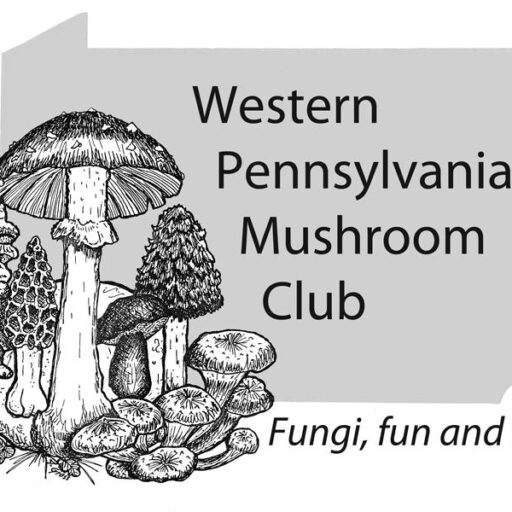
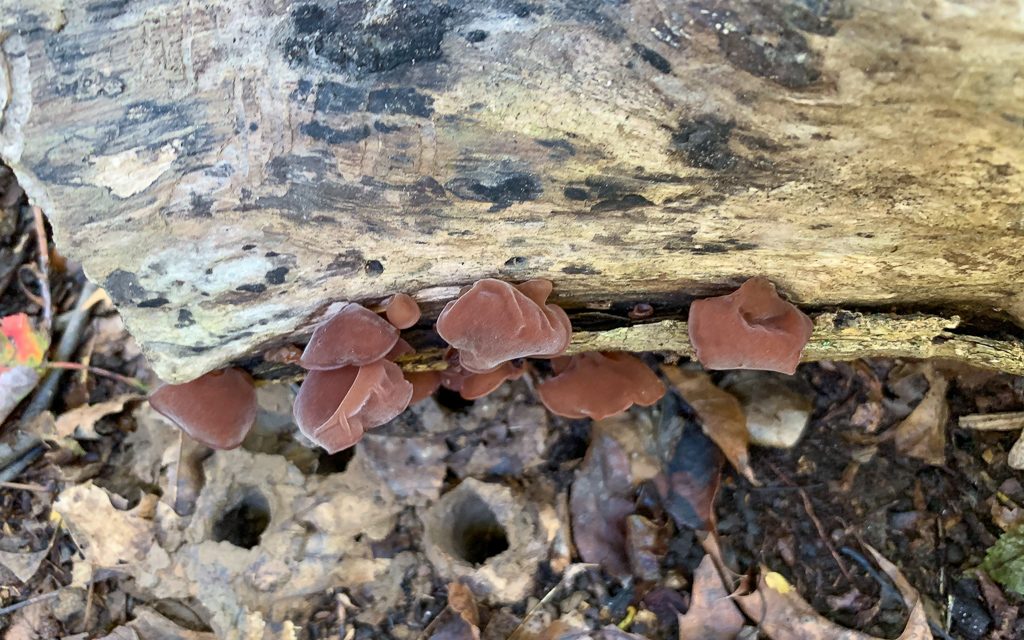

















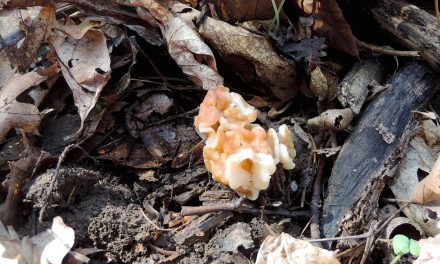
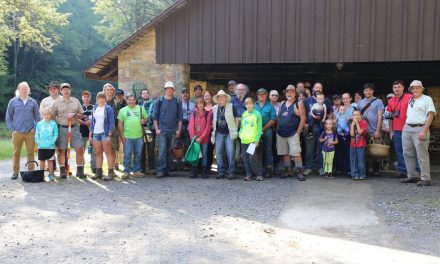
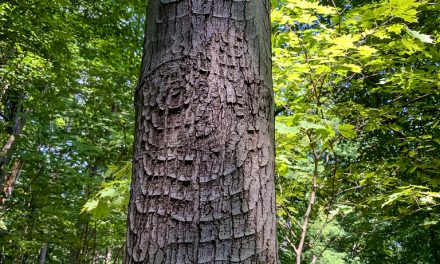
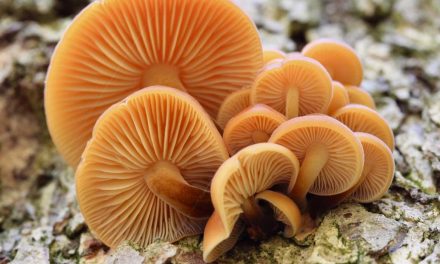

Recent Comments